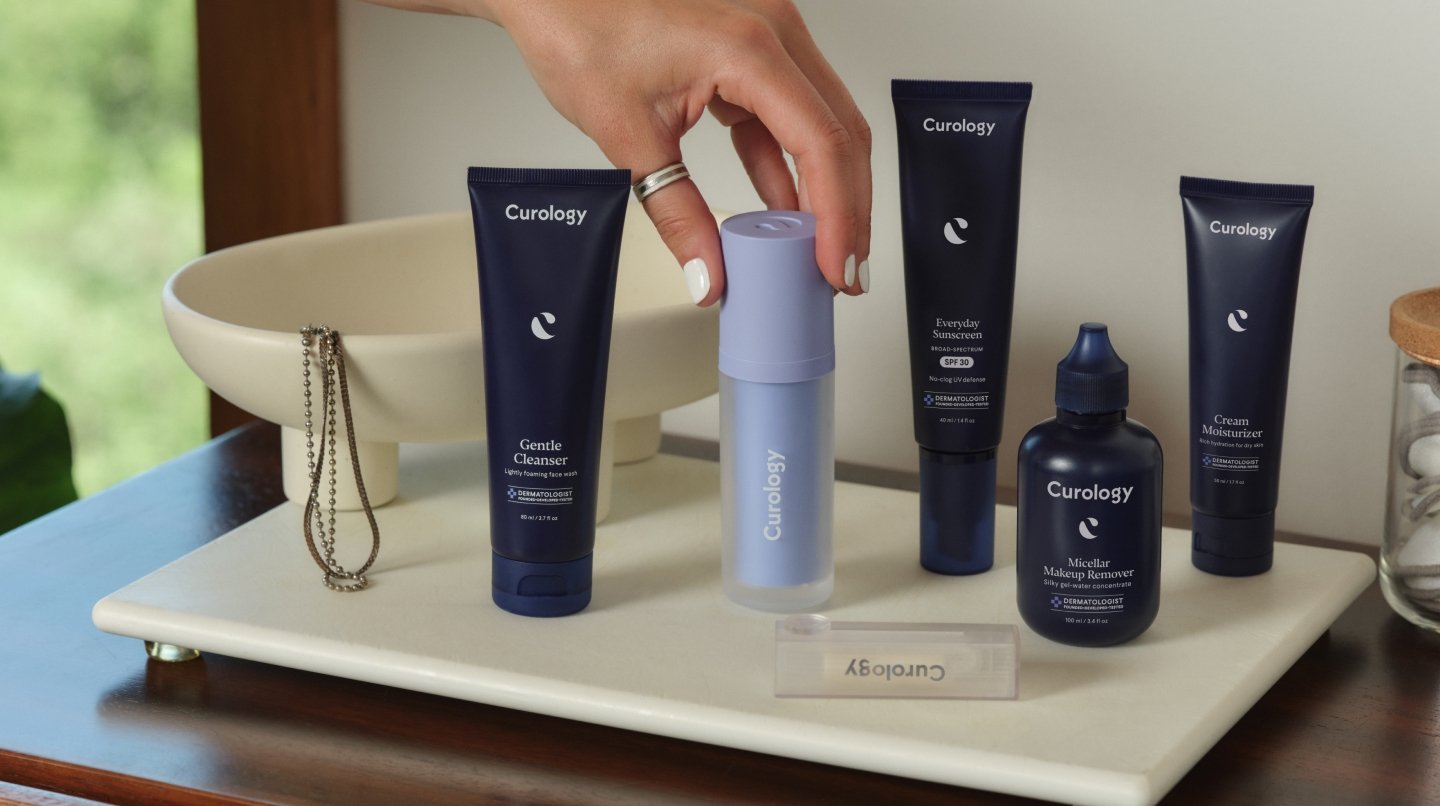THIS IS A HARD HAT AREA - hard hat sign
Reserved ParkingSignsbunnings
Empowering you with knowledge is our top priority. Our reviews of other brands’ products in this post are not paid endorsements—but they do meet our medically fact-checked standards for ingredients (at the time of publication).
Mahmoud, B. H., et al. Impact of long-wavelength UVA and visible light on melanocompetent skin. The Journal of investigative dermatology. (2010).
So that’s what I know as your friendly local expert. If you have any questions, feel free to reach out to your Curology provider. If you’re not already a Curology member, you can get your first month of custom prescription skincare for free (just pay $4.95 to cover shipping and handling). Until next time…!
NoParking sign
Strong, R. E., et al. Narrow-band blue-light treatment of seasonal affective disorder in adults and the influence of additional nonseasonal symptoms. Depression and anxiety. (2009).
Blue light (also known as high-energy visible light or HEV light) is visible light between the wavelengths of 400 to 500 nm. Sunlight is our main source of blue light, but digital screens (like your laptop and smartphone), light-emitting diodes (LEDs), and fluorescent lights are other common sources of blue light exposure.
Unfortunately, there’s not a clear “yes” or “no” answer to this question. There are some potential negative effects of blue light, which we’ll get to in just a second, but there are also positive effects. For example, blue light is often used to treat seasonal mood disorders such as seasonal affective disorder (SAD). It also may have a positive effect on memory and cognitive function.
Coats, J. G., et al. Blue Light Protection, Part I-Effects of blue light on the skin. Journal of cosmetic dermatology. (2021).
NoParking sign - bunnings
Car parksignsAustralia
A friend recently told me about “screen face.” It sounds like the blue light from all my favorite things—TV, my smartphone, and my laptop—might be damaging my skin. I scoured the blog to see if this had been answered, but the only info I could find was about the benefits of blue light therapy—so now I’m even more confused. I know doom scrolling is bad for my mental health, but tell me the truth: is my skin gonna be okay?
Welcome to Ask Curology, penned by one of our in-house medical providers in response to your questions about all things skincare. This week: blue light—the good and the bad. While blue LED light therapy might have some skin benefits, the blue light emitted from our screens might cause skin damage. Here’s what our expert has to say.
Blue LED lights have been shown to have effects that may help improve acne and signs of aging, but there is research that says visible light (including blue light) can have some unwanted side effects on your skin. Studies suggest that visible light, including blue light, may cause hyperpigmentation (dark spots) or make existing hyperpigmentation worse, especially in those with melanin-rich skin (aka dark skin tones). It’s also been shown to potentially cause redness in those with light skin tones. That said, most of these studies used light sources much stronger than those we encounter in our daily lives (e.g., our telephone screens, televisions, and computers), so more research is needed before we can say whether or not your phone might be causing skin damage.
But there are downsides to too much screen time. While blue light can help us feel more alert during the day, it’s not so helpful at night. Blue light suppresses melatonin, a hormone that makes us feel tired. Using an electronic device that emits blue light right before bed can keep us awake just as we’re hoping to catch some zzz’s!
No signsmeaning
Leah Cohen, BA, et al. Cutaneous Interaction with Visible Light: What Do We Know. Journal of the American Academy of Dermatology. (2020).
NoParking Sign kmart
Custom ParkingSignsaustralia

Anna Alkozei, PhD. et al. Exposure to Blue Light Increases Subsequent Functional Activation of the Prefrontal Cortex During Performance of a Working Memory Task. Sleep. (2016).
As for sunscreen, there is evidence to suggest that physical sunscreens with titanium dioxide and/or zinc oxide may help protect against blue light. Sunscreens with iron oxide may also help. That said, more research is needed before we can make any strong recommendations for how to protect your skin from blue light and how worried you should really be about it.
If you’re anything like me, even the potential of skin damage is enough reason to amp up your skin protection. To help minimize potential adverse effects from blue light, consider using skincare products that are rich in antioxidants like vitamin C and vitamin E:
Eric F. Bernstein MD, MSE, et al. Iron oxides in novel skin care formulations attenuate blue light for enhanced protection against skin damage. Journal of Cosmetic Dermatology. (2021).
We’re here to tell you what we know. That’s why our information is evidence-based and fact-checked by medical experts. Still, everyone’s skin is unique—the best way to get advice is to talk to your healthcare provider.
I feel you! Over the past year, we’ve all received a little more screen time than usual. Lots of us in the medical community are wondering about the long-term effects it will have on our health, skin included. We need more research to know for sure, but in the meantime, I’m here to tell you what we do know about how blue light might benefit—or harm—skin.










 13322766566
13322766566